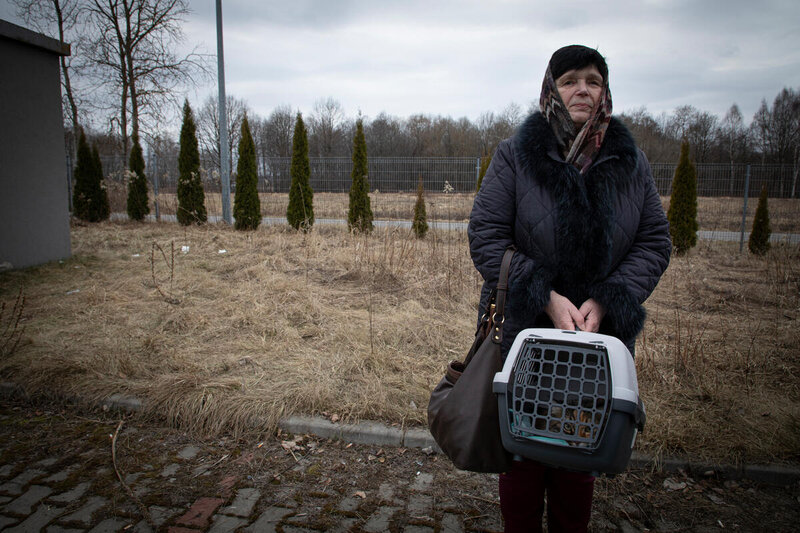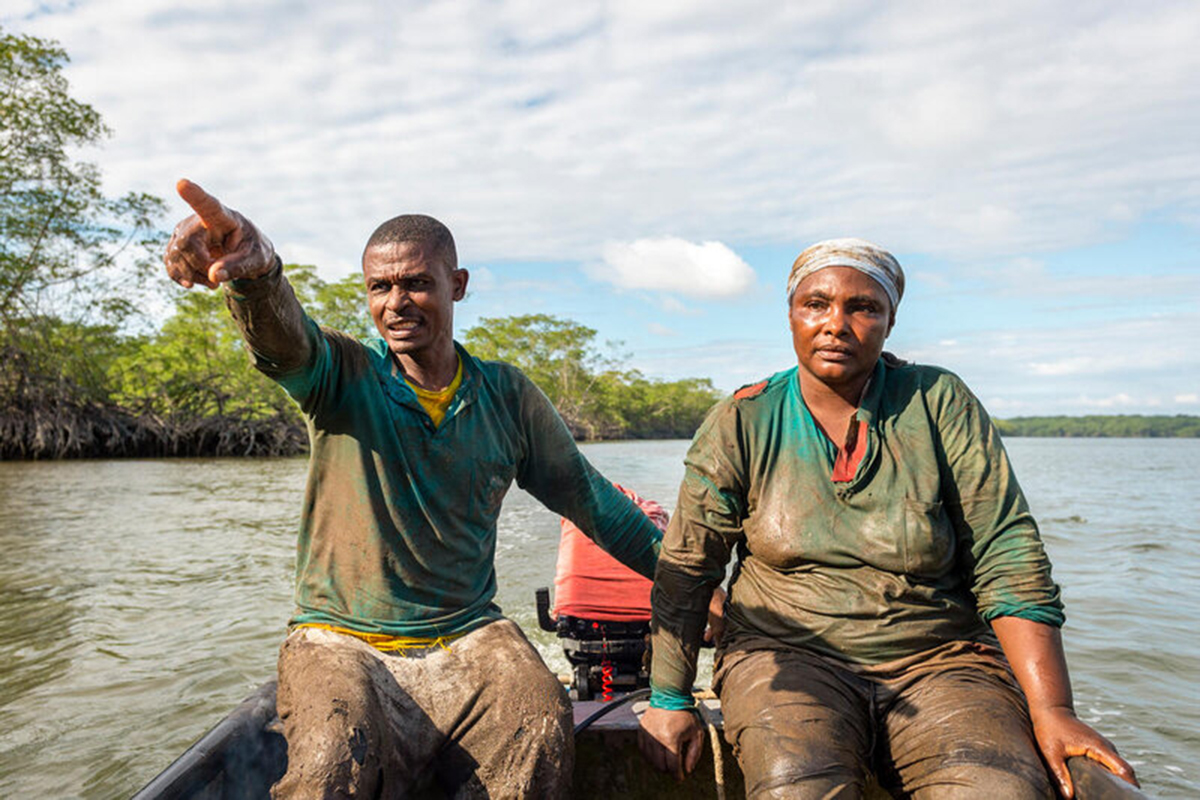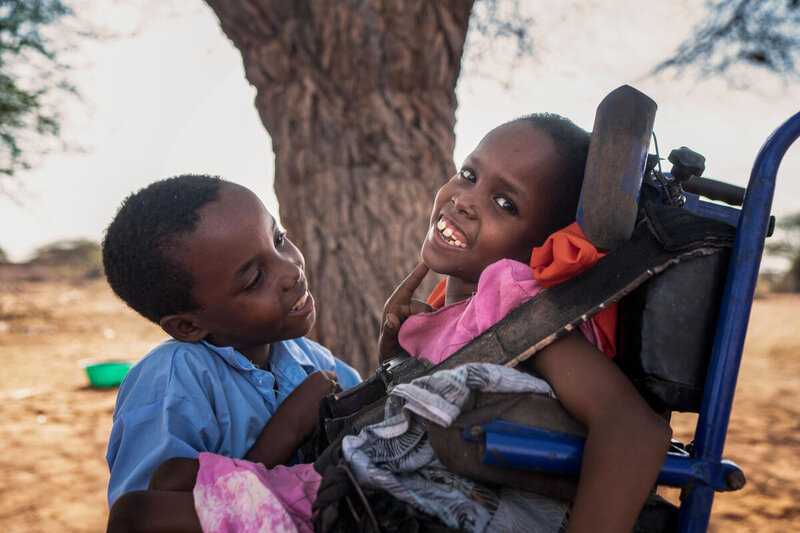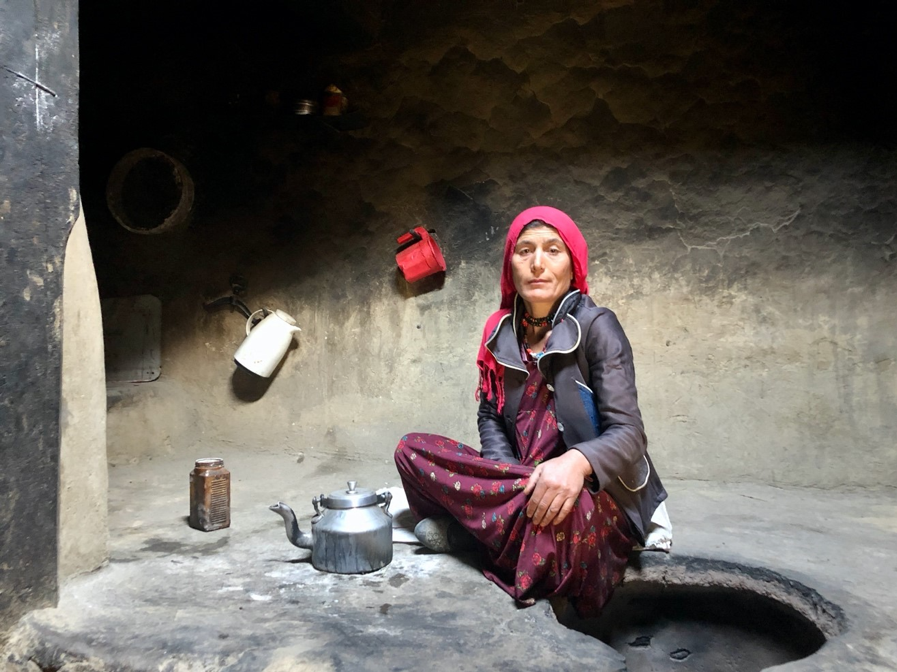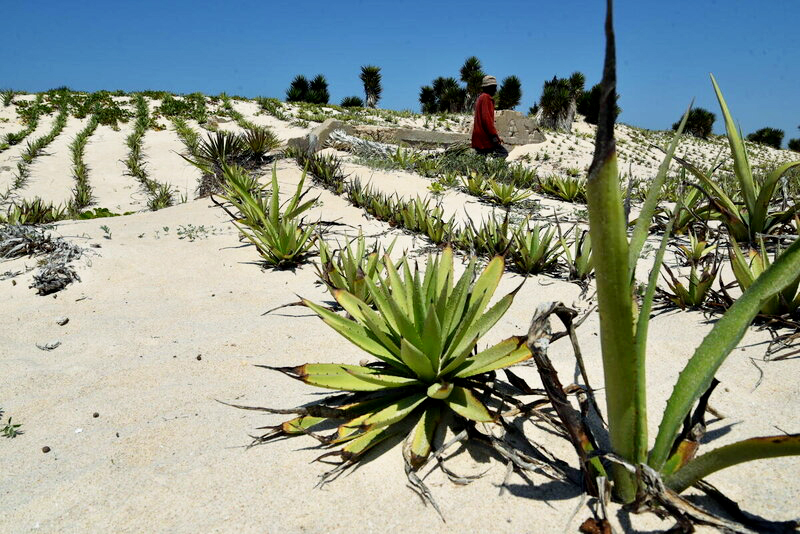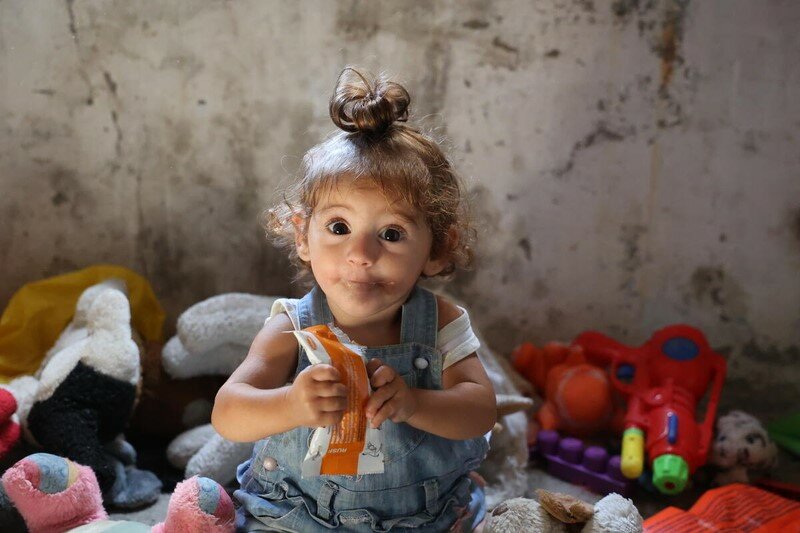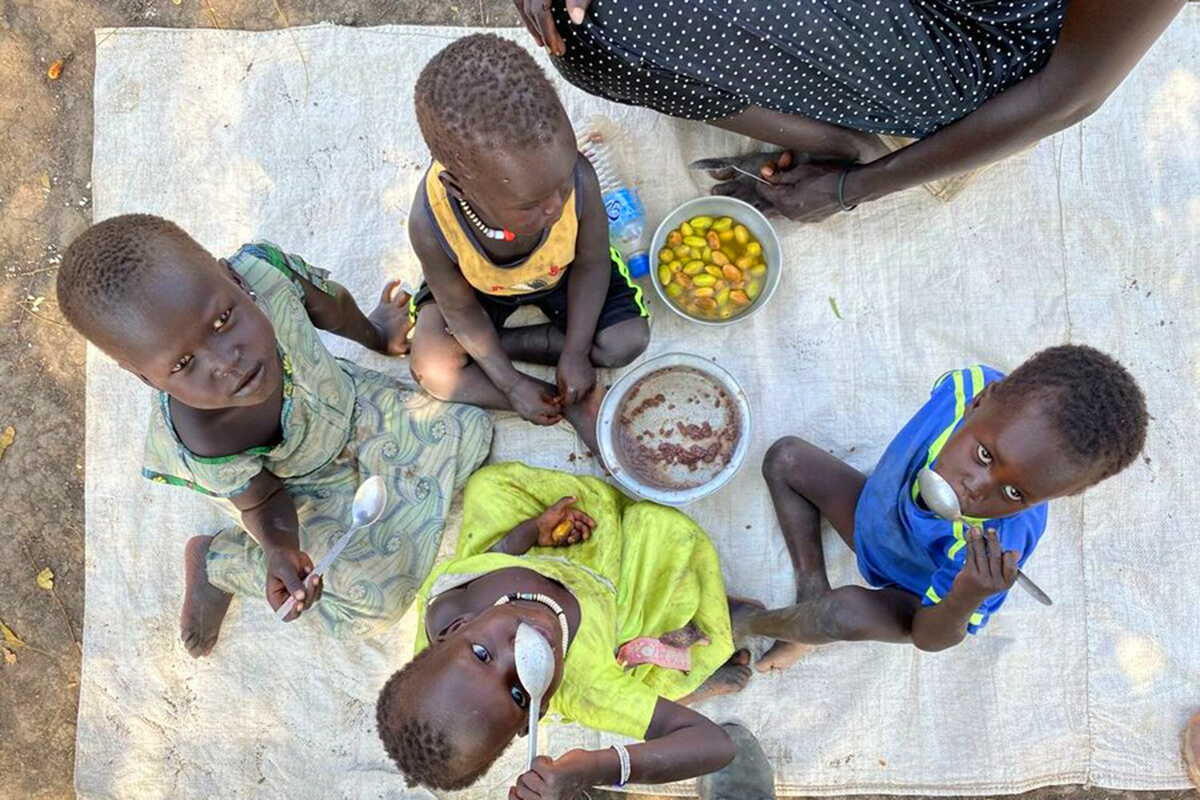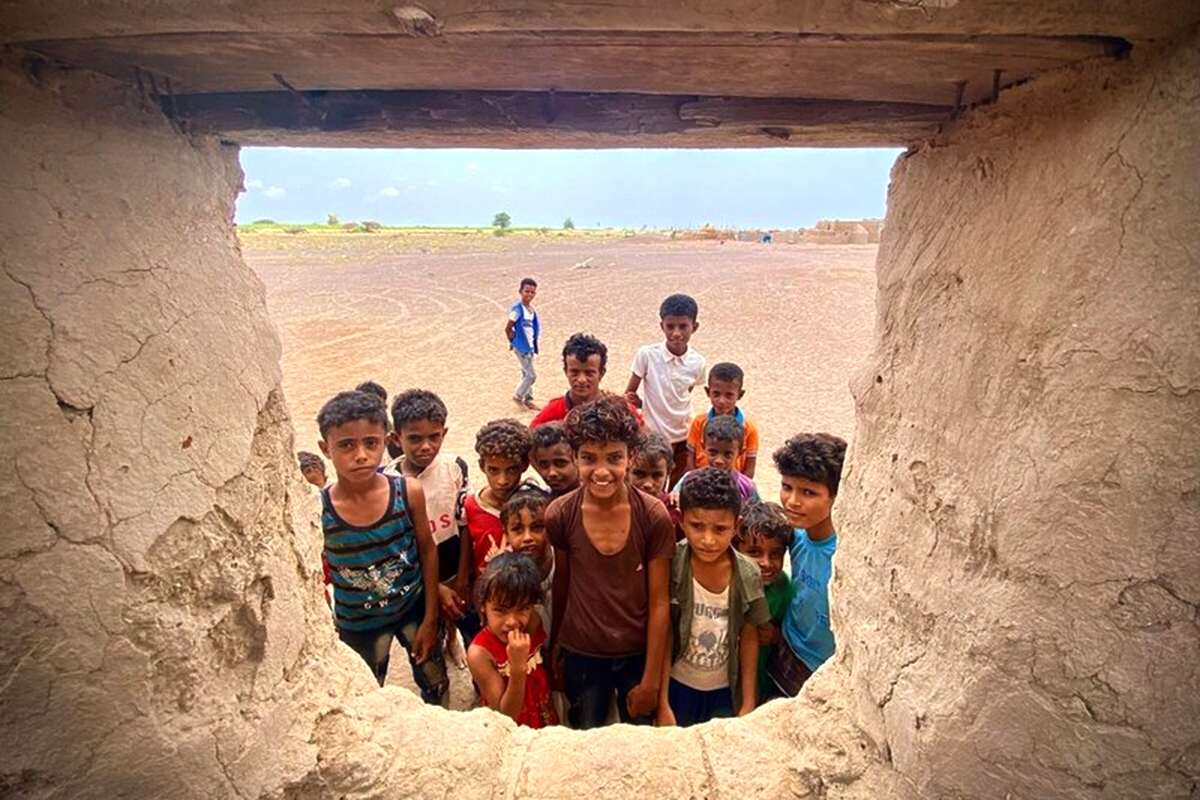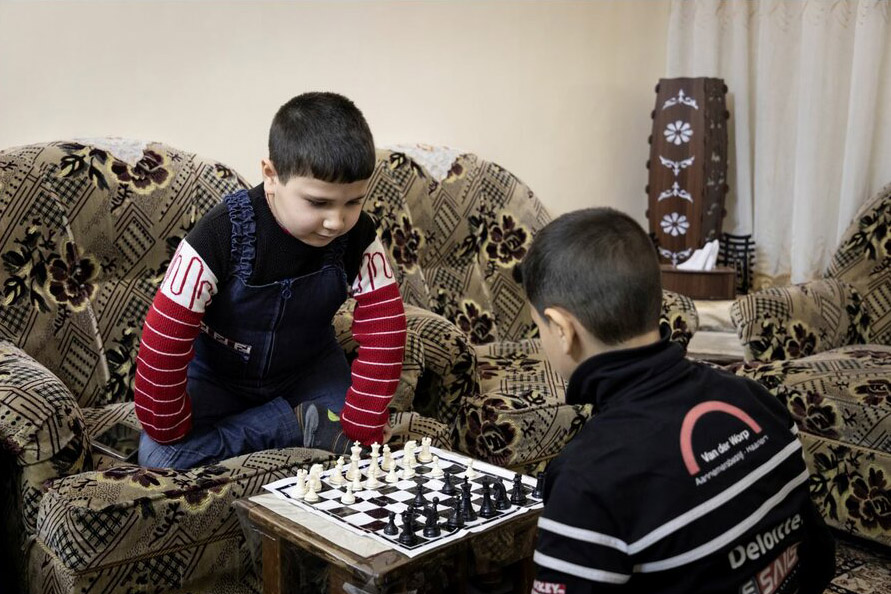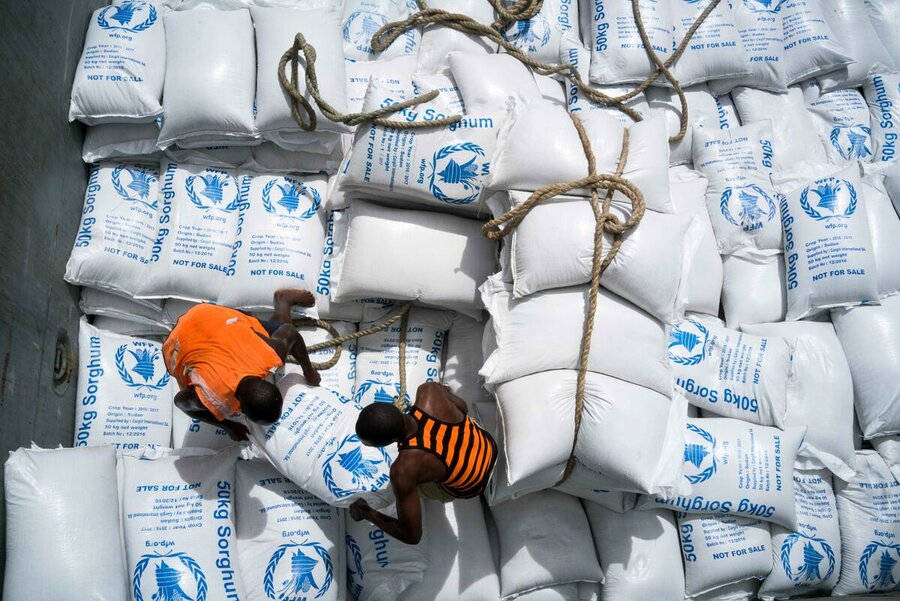The World Food Programme is calling for US$570 million as it kicks off an emergency response to the Ukraine crisis. The organization is putting critical supplies in place as the UN says more than a million refugees have crossed into neighbouring countries. Ljudmila, 70, could not bear to leave her cat behind as she embarked on a six-day journey to Poland. WFP is working with UNHCR, the UN Refugee Agency, to assist 300,000 people outside Ukraine’s borders.
WFP
The climate crisis is destroying lives and livelihoods all over the world. Emission reductions to mitigate the rise in global temperatures are crucial, but we cannot wait for this to happen. Communities on the frontlines of the crisis need urgent support to adapt. And the World Food Programme (WFP) is doing just that! Here are some of the ways WFP is working with some of the most vulnerable communities to adapt to one of the greatest threats humanity has ever faced.
Ikran, shown here with her doting twin brother Hassan, is eight years old. She lives with her family near Wajir town, capital of one of Kenya’s poorest counties – the country is grappling with hunger caused by the severe drought in the Horn of Africa. She receives a disability allowance from a programme supported by WFP that allows her mother, Halima, to buy her the foods that suit her needs best. Ikran is quadriplegic and Adan, her older brother, is also disabled. To support her children, and her retired husband, Halima, makes and sells mandazi – a popular fried dough snack – in the school canteen. She also runs a small kiosk next to her hut. “Before disability cash transfers, life was very stressful,” she says. “Feeding a large family of nine children, two of whom need 24-hour care, on a meagre income was very challenging.”
This week WFP launches its Regional Drought Response Plan for the Horn of Africa, calling for US$327 million to respond to the immediate needs of 4.5 million people and help communities become more resilient to extreme climate shocks. The money is for emergency response, with a proportion to continue to build capacities of communities and individuals to meet their own needs.
Almost overnight, Asia’s most fragile economy has collapsed, leaving people jobless or with unpaid salaries and without access to their savings. Prior to that, 11 million Afghans were already food insecure due to years of drought, conflict and COVID-19. Now almost 23 million people, more than half the country, don’t know where their next meal is coming from and we see clinics filling up with severely malnourished children. It is the unveiling of a tragedy in real time. WFP has scrambled to pre-position food in rural areas before the imminent winter snows make the roads impassable. But rather like outrunning an avalanche, the surge in hunger threatens to overcome the convoys of trucks snaking up mountain paths loaded with food.
The World Food Programme (WFP) is working on a sand dune-fixing project. Since 2017, WFP has helped fix 36,200 hectares of sand dunes in southern Madagascar. This involves planting three kinds of flora whose roots sink into the sand and stop dunes from moving. But sand and wind movements are not the only symptoms of extreme weather, worsened by climate change. The sea is changing and fishing conditions have deteriorated. WFP is considering extending this project to other coastal areas in the country.
One-year-old Tara from Latakia was malnourished from birth. After receiving treatment from WFP she’s putting on weight and gaining strength. As more Syrians than ever before wondered how they would make it through each day with empty refrigerators, shrinking portions and markets full of produce they could no longer afford, the World Food Programme reached 5.7 million people with food assistance.
45 million people stand on the brink of famine, due to conflict, climate change, the COVID-19 pandemic and economic instability. WFP takes a closer look at the different stages of hunger.
This year, the World Food Programme (WFP) helped more people put food on their tables than ever before; saving and changing lives. Together we are stronger. That’s the power of world. #SolidarityDay
Youssef is the youngest of five siblings. Aged 8, he is one of 30,000 students in Aleppo who receive a fresh meal at school each day from the World Food Programme (WFP). These meals are made by more than 100 women – many of whom run female-headed households – taking part in a WFP project. “I want to become a computer engineer,” he says – a musculoskeletal condition he has means he cannot walk, though he is perfectly able to use a keyboard and play chess. He attends a school for children with disabilities that is supported by WFP through a project serving up meals to ensure they receive critical nutrition.
WFP donors – private individuals, and governments and their taxpayers – demand transparency and accountability but WFP also seeks to maximise value for money for their millions of beneficiaries. Since being named the 2020 Nobel Peace Prize laureate, WFP is driven, more than ever, to deliver programmes that are effective and high impact. This is crucial now, as conflict, climate crises, the consequences of the COVID-19 pandemic and rising costs lead us into a global hunger crisis. Up to 811 million people are going to bed on an empty stomach. Yet WFP faces an unprecedented funding gap.
“When it comes to environmental impact, packaging is a big one,” says Emanuela Cattaneo, Environmental Adviser in WFP’s Regional Bureau in Nairobi. “Our help is life-saving and life-changing, and that’s inspiring,” says Cattaneo, “but it also leaves behind an unwanted environmental footprint. We’re aware of that – that’s why we’ve made an official commitment to curb that footprint.” The office in Kenya has recycled 1.1 million polypropylene woven bags. But challenges remain. “At local level, the communities that receive assistance often lack the tools to recycle or reuse packaging efficiently. We’re working to change that.”
Our food systems are breaking the planet – and the climate crisis is breaking our food systems. These are two of the biggest problems the world is facing today, and subject to the two biggest conversations the UN. At the UN Food Systems Summit in September, the WFP issued a wake-up call: 811 million people are going to bed hungry in countries where food systems are unequal, strained or broken. Yet, as more than 190 countries come together for COP26, the topic of food systems is yet to make it into the mainstream conversation at UN climate meetings.
The Conference of Parties (COP) is the big UN Climate Change summit gathering the signatory countries to the United Nations Framework Convention on Climate Change. World leaders, negotiators, representatives of civil society, business, and international organizations meet annually to discuss how to address the world’s climate crisis, which impacts all parts of the global food system – from production to consumption. As global powers meet in Glasgow on 31 October to 12 November, WFP joins humanitarian organizations daring to hope for decisions that will save millions from hunger.

